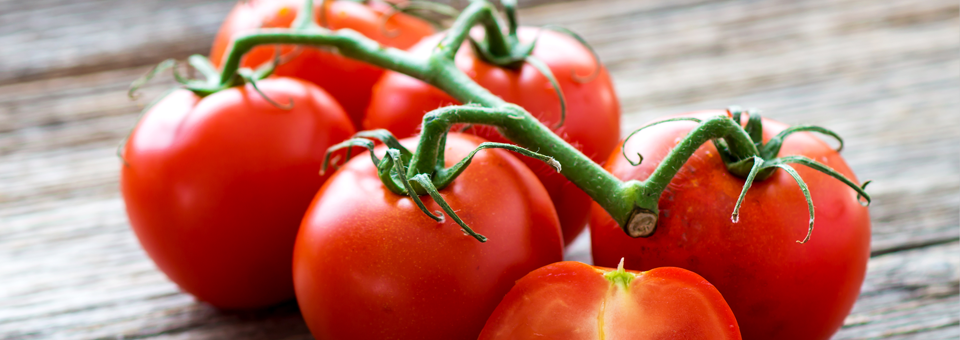
My family and I spent the Fourth of July weekend hanging out in the backyard — swimming, cooking our favorite grass-fed burgers on the grill and soaking up the sun.
None of us applied a commercial sun-care product the entire time…
My position on sunscreen is no secret. I tell you just how bad these sunscreens are every chance I get.
And recent research proves I was right. In fact, there’s new evidence that shows sunscreens are far more of a danger to your health than anyone ever imagined. Not only are they loaded with toxic chemicals, they’re behind a vitamin D deficiency that’s reached epidemic proportions around the world.
Now don’t get me wrong…
No one wants to get a sunburn. They hurt. And long-term, sunburns can leave you with photo-aging including leathery skin, wrinkles and age spots.
In a moment, I’m going to introduce you to a nutrient that protects your skin from the inside out… But first I want to tell you the dangers of blocking the sun.
The Sun Is Not Your Enemy
Dermatologists and the mainstream media want you to think that the sun is the enemy. But the fact is, the sun enhances your health and is vital to your well-being.
One of the most important ways the sun protects you is through your skin, which makes vitamin D from its ultraviolet type B rays.
Here are some of the sun’s many benefits:
|
|
|
|
|
|
|
|
But the Vitamin D Council reports that 70% of people in the U.S. are now deficient in this important vitamin — that’s 228 million men, women and children who have dangerously low levels.1 And according to recent research published in The Journal of the American Osteopathic Association, the overuse of sunscreen — and underexposure to the sun — is partly to blame.
You see, most people don’t spend enough time outdoors. When they do, they slather on sunscreen. And a sunscreen containing SPF 15 or higher reduces vitamin D production by 99%.2
In a recent letter, I explained how 15 to 20 minutes a day of “gentle tanning” provides all the vitamin D you need. But when you’re having fun, you want to stay out all day.
Here’s how to protect your skin from the inside out for all-day protection…
SOD Offers 800 Times More Sun Protection
Superoxide dismutase, or SOD, is your body’s master antioxidant. It works by neutralizing dangerous superoxide radicals in your body called “anions.” Ultraviolet rays from the sun create a lot of these anions.
Most antioxidants can’t touch these anions. But SOD has 3,500 times the antioxidant power of vitamin C. It triggers the conversion of these superoxide radicals into hydrogen peroxide, a less harmful oxygen-based free radical.3 In other words, they become harmless oxygen and water. SOD then remains “on site” to extinguish the fiery rampage of inflammation that follows.
In one study, 15 people who were hypersensitive to the sun took SOD. They all reported a higher tolerance to the sun.
They also had fewer tendencies to redden or have skin irritation from the sun.4
Another study showed that SOD allowed fair-skinned people to get eight times more sun before burning.5 In other words, SOD increased the body’s natural sun protection by 800%.
I recommend supplementing with 500 mg superoxide dismutase formula.
2 More Ways to Boost Your Internal Sun Defense
- Tomatoes are nature’s sunscreen. Red and orange foods like tomatoes contains lycopene. When you eat these foods, lycopene settles into your skin’s outer layer. It acts as a natural sunblock and also repairs cells damaged by sunlight.
Lycopene prevents sunspots, dryness and wrinkles from UV radiation. In a Journal of Nutrition study, people who ate tomato paste every day for 10 weeks showed less damage when subjected to UV radiation.6
- Save your skin with salmon. Wild-caught salmon is rich in an antioxidant that provides a natural defense to the sun’s burning rays. It’s called astaxanthin and it’s what gives salmon its bright pink color.
In a recent study, researchers tested a group of people to see how long it would take them to develop a sunburn. The subjects took 4 mg a day of astaxanthin. After two weeks, they could tolerate much more time under ultraviolet light before developing sunburn damage.7A typical 6-ounce serving of wild Pacific sockeye salmon gives you 4 mg to 5 mg of astaxanthin. Or you can supplement with 10 mg daily.
To Your Good Health,![]()
Al Sears, MD, CNS
1Tovey A. “Are we currently amid a vitamin D pandemic?” Vitamin D Council. November 18, 2016. Accessed May 14, 2018.
2Pfotenhauer KM, et al. “Vitamin D deficiency, its role in health and disease, and current supplement recommendations.” J Am Osteopath Assoc. 2017;(117):301-305.
3Faraci FM and Didion S. “Vascular protection: Superoxide dismutase isoforms in the vessel wall.” Arterioscler Thromb Vasc Biol. 2004;24(8):1367-1373.
4Laverdet C. “Glisodin Sun Study Pilot.” Attachee de Consultation des Hopitaux de, Paris. July-September 2003.
5Mac-Mary M, et al. “Evaluation of the Effect of Glisodin on the Intensity of Actinic Erythema,” presented at the CARD (Annual Congress of Dermatological Research) meeting in Brest, France, May 28th 2005.
6Stahl W, et al. “Dietary tomato paste protects against ultraviolet light-induced erythema in humans.” J Nutr. 2001;131(5):1449-1451.
7Lorenz, R.T.2002b. “Method for retarding and preventing sunburn by UV light.” U.S. Patent No.6,433,025.








